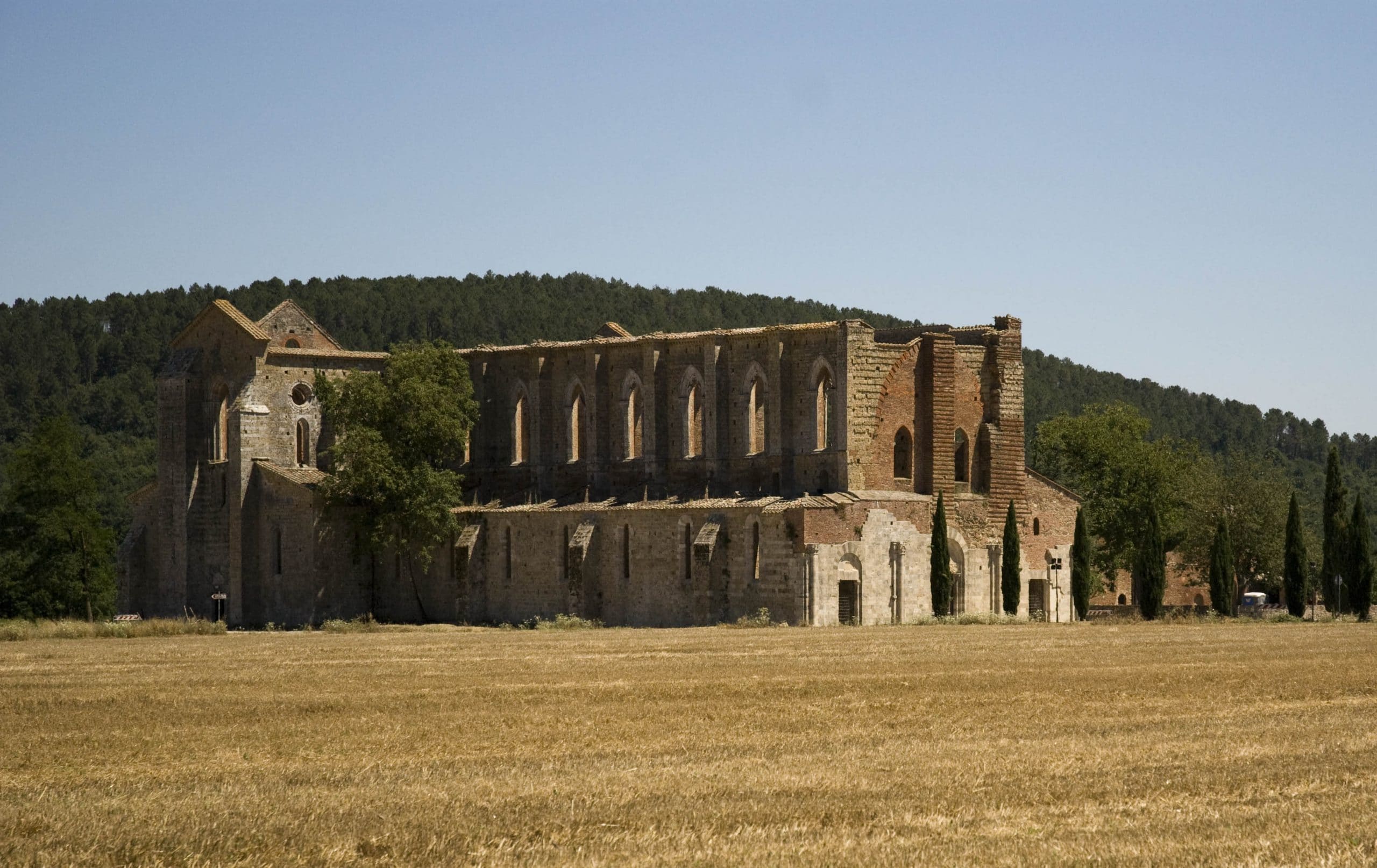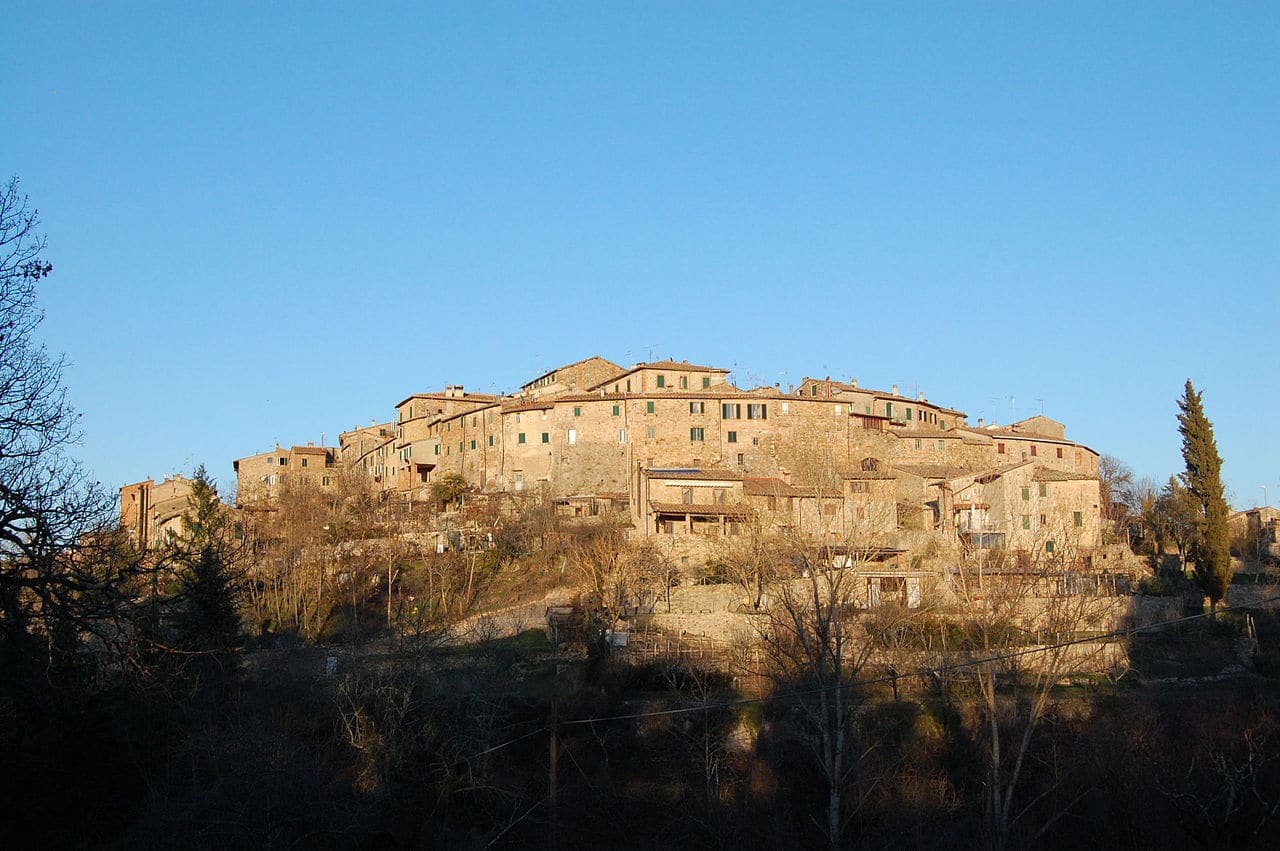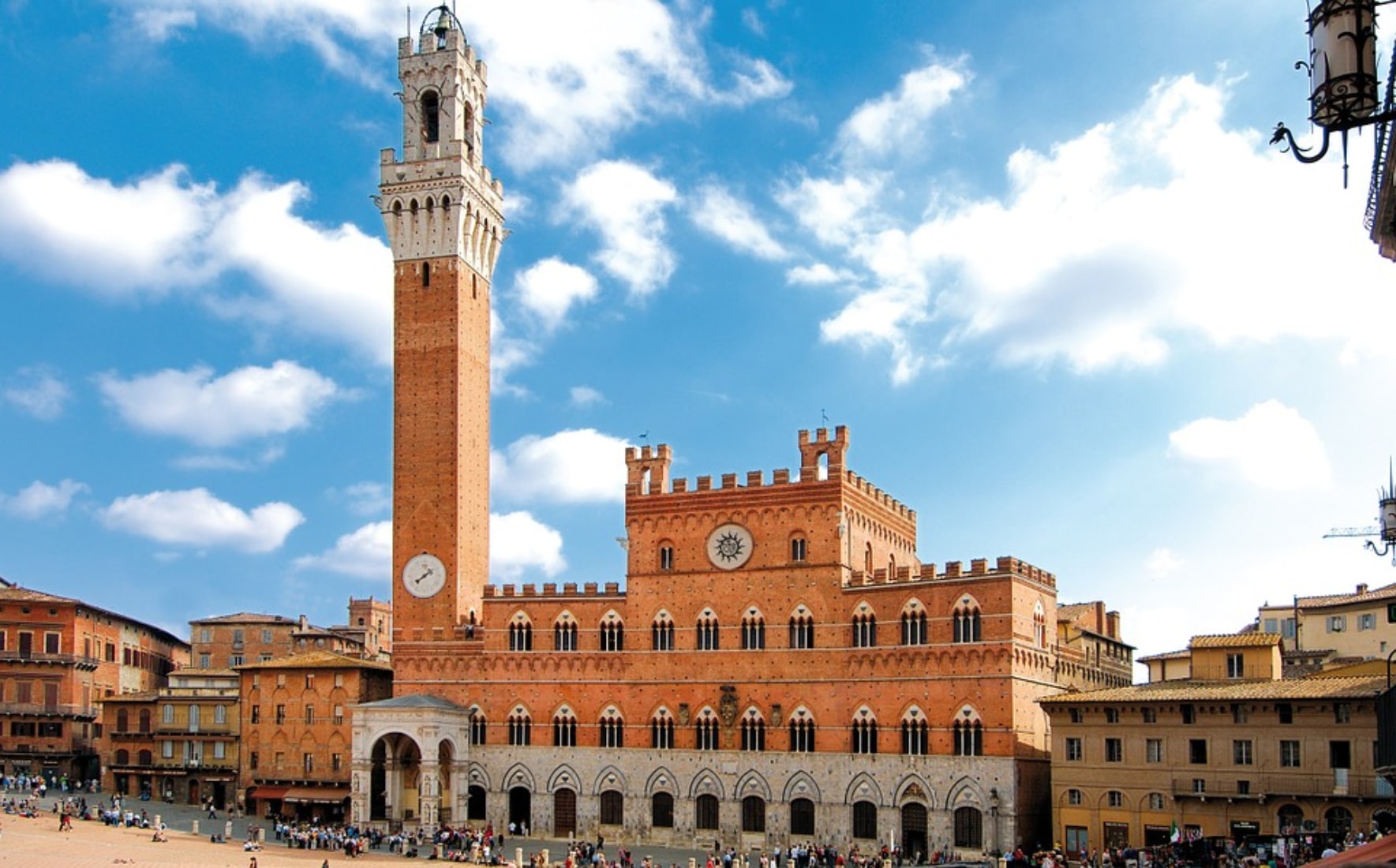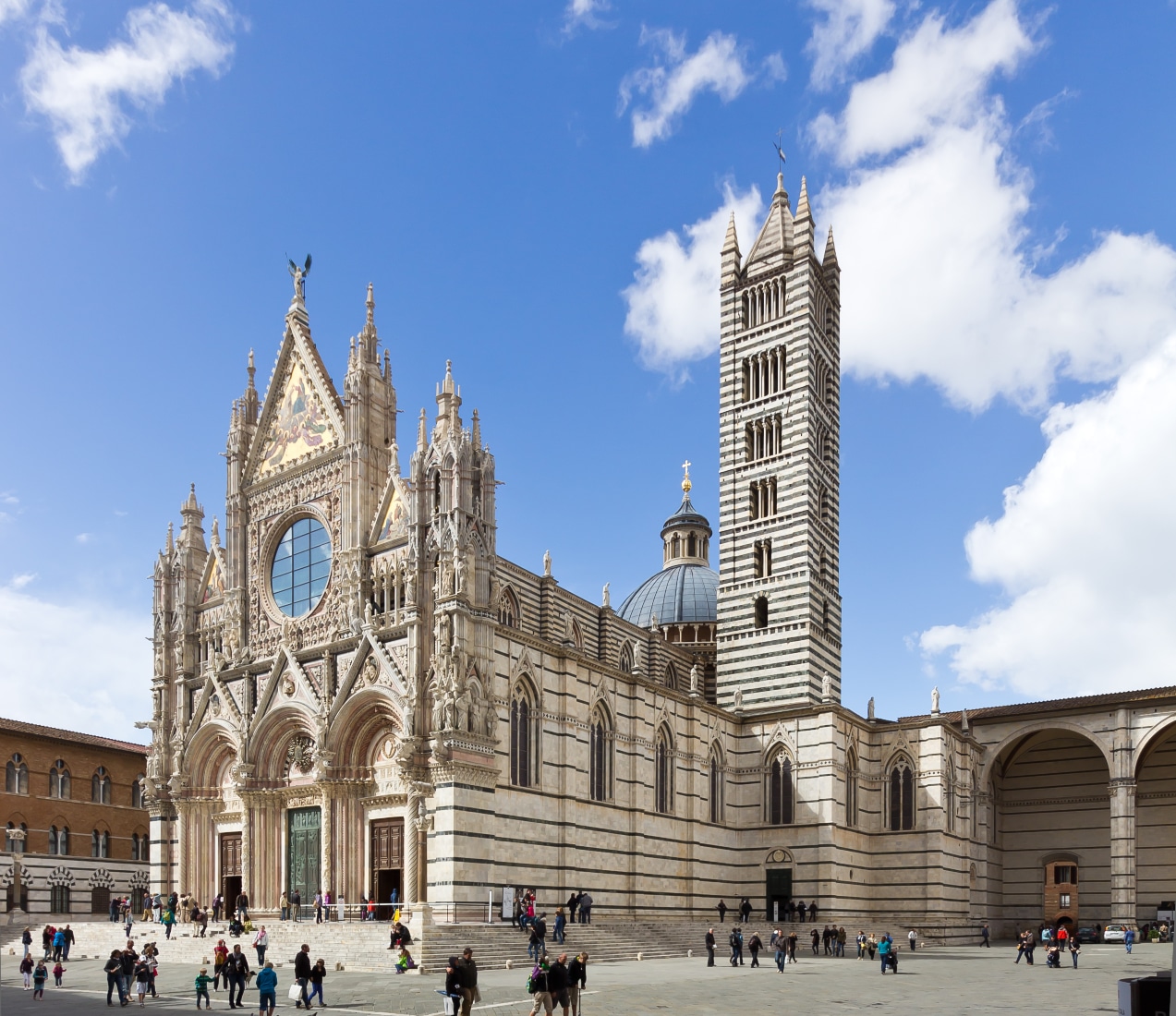
by Giulia | Dec 29, 2020 | Itineraries the surroundings of Siena
San Galgano Abbey The remains of one of Tuscany’s most important monasteries. The site includes two different attractions: the large Abbey with a huge roofless church and the hermitage of Monte Siepi where, according to legend, St Galgano retired as a...

by Giulia | Dec 7, 2020 | Itineraries the surroundings of Siena
Monticiano A medieval village with two rivers and two natural reserves Among the beautiful hills of Terre di Siena is Monticiano with all its authenticity. Its territory is crossed by the Merse and Farma rivers which give life to two magnificent natural reserves,...

by Giulia | Nov 13, 2020 | Siena city
Piazza del Campo and surroundings Perhaps the most evocative medieval urban environment in Italy Piazza del Campo Between the thirteenth and fourteenth centuries the city of Siena felt the need to organise a public space of representation for civil power, establishing...

by Giulia | Nov 13, 2020 | Siena city
The Cathedral of Siena The Cathedral of Siena dedicated to Santa Maria Assunta The Cathedral A wonderful expression of Romanesque-Gothic art, the Cathedral of the Assumption raises its luminous and extremely rich envelope on a platform with steps. Traditionally, the...
by Giulia | Aug 14, 2020 | Uncategorized
Fresh pasta also take-away News 2020 Fresh pasta to take away too! Are you looking for a good fresh pasta to taste directly at home? Call and order the type and quantity of pasta you prefer. We at Villa di Sotto prepare it every day for our restaurant, but we also...





